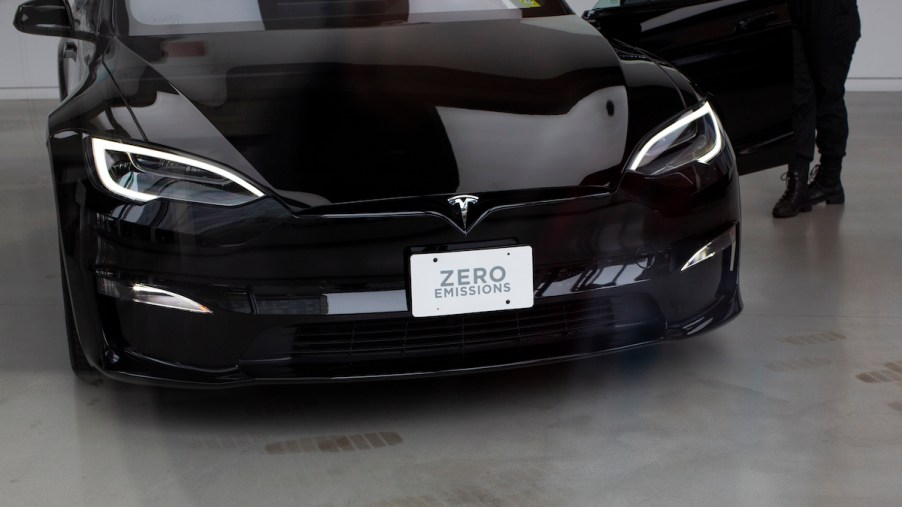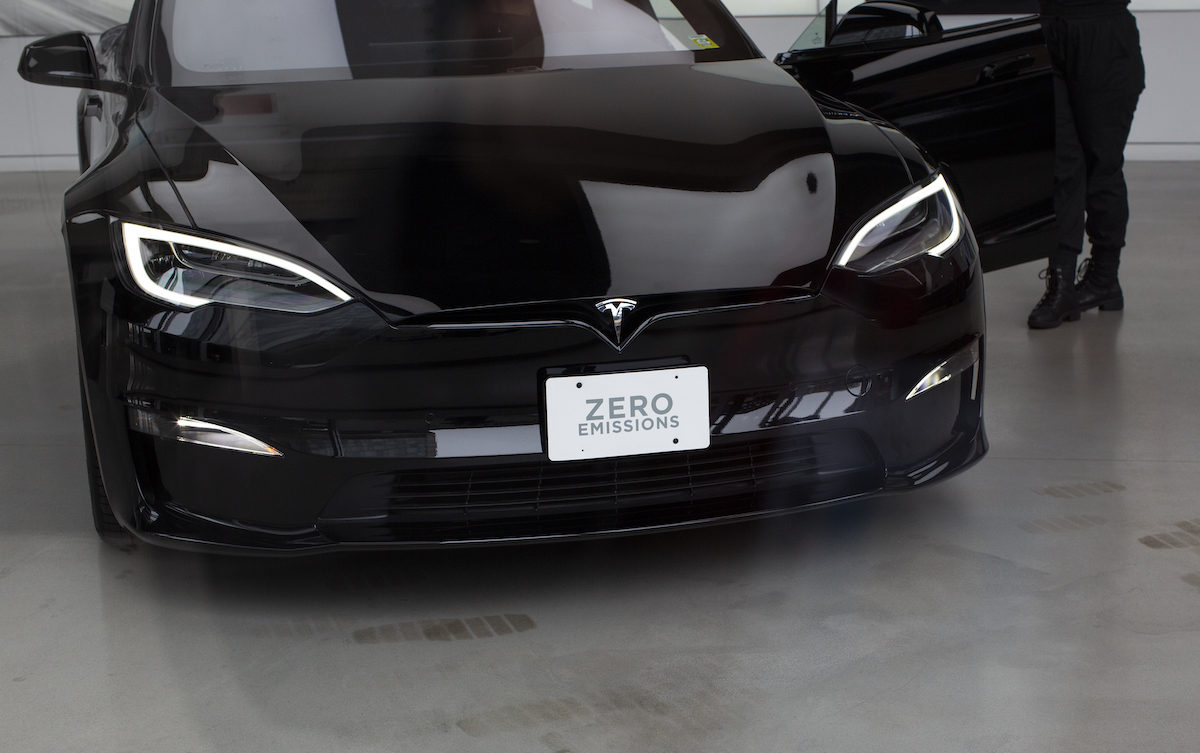
2 Automotive Companies Have Already Used Up All Their EV Tax Credits, With 3 More Done Soon
EVs are becoming increasingly popular. And one of the main reasons is the federal EV tax credit, which has made new electric vehicles more affordable to more Americans. However, these tax credits come with special rules that limit the number of credits automakers can use. Two automakers have already used all their federal EV tax credits, and three others will join them soon if the rules don’t change.
A brief history of the federal EV tax credit
The current federal EV tax credit went into effect in 2010, and the idea was to get Americans to drive cleaner, more fuel-efficient cars. As a result, the tax credit could be used for EVs but also for some hybrids. The tax credit dollar amount would be based on the size of the car’s battery, so hybrids got a smaller tax credit than EVs.
Furthermore, the tax credit was not something everyone could use. Because of how accounting and taxes work, the people who benefited from these credits were primarily those who owed a lot in taxes every year. Each automaker was given 200,000 credits. The number of the credits would get smaller as an automaker approached the limit.
The auto industry has changed rapidly since 2010, when Tesla began making EVs popular and affordable. Many automakers have followed in Tesla’s footsteps, which is why more automakers are running out of credits.
2 automakers have already used up their federal EV tax credits

Unsurprisingly, Tesla was the first to run out of federal tax credits, by the end of 2019. Because Tesla’s entire lineup comprises EVs, almost every sale meant a customer would use a credit. When Tesla introduced the affordable Model 3, many consumers bought a Tesla and used a credit.
General Motors was the second automaker to use up its credits — it ran out in early 2020. The main reason is the Chevy Bolt, but the Volt also contributed. Chevy Spark EV and Cadillac CT6 PHEV sales also used up GM’s credits.
3 other automakers will hit the limit soon
Toyota will soon join the club. The Japanese auto giant hasn’t hit the 200,000-vehicle limit yet, but its credits are quickly dwindling. According to the EPA, Toyota vehicles purchased after Sept. 30, 2023, won’t be eligible under the current rules. Unlike Tesla and GM, Toyota will hit the limit primarily because of plug-in hybrids. It has a few popular PHEVs that qualify for the credit, including the Prius Prime and RAV4 Prime.
In addition, Nissan and Ford are getting close to hitting the limit, EV Adoption reports. Nissan can thank the Leaf, an affordable EV that has seen consistent sales for over a decade. Ford is approaching the limit because of plug-in hybrids such as the Escape PHEV and all-electric vehicles like the popular Mustang Mach-E. Plus, the Blue Oval sells the E-Transit, an electric cargo van that companies buy for their delivery fleets.
The good news is the 200,000-credit limit will go out the window if the Inflation Reduction Act passes. That law will remove the 200,000-credit limit but add new rules that EV makers must meet if they want to take advantage of federal tax credits.


